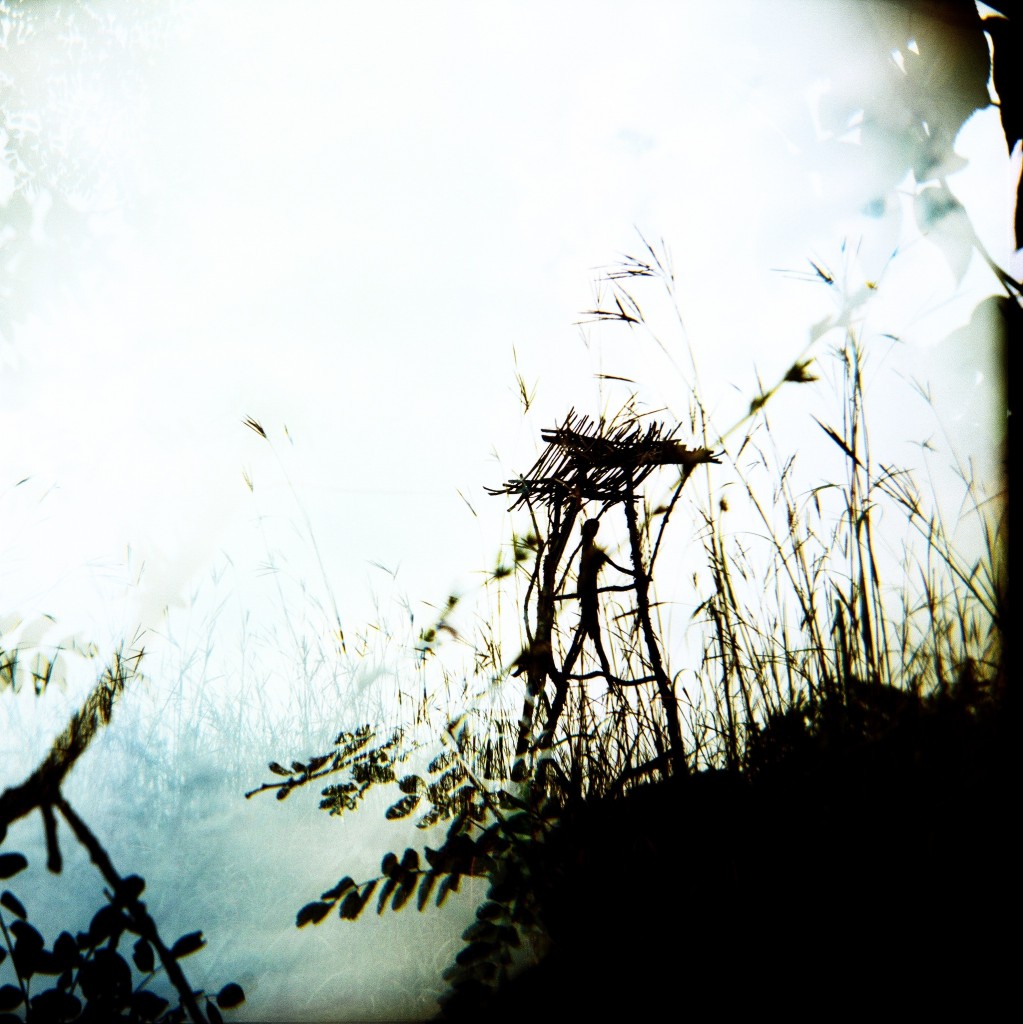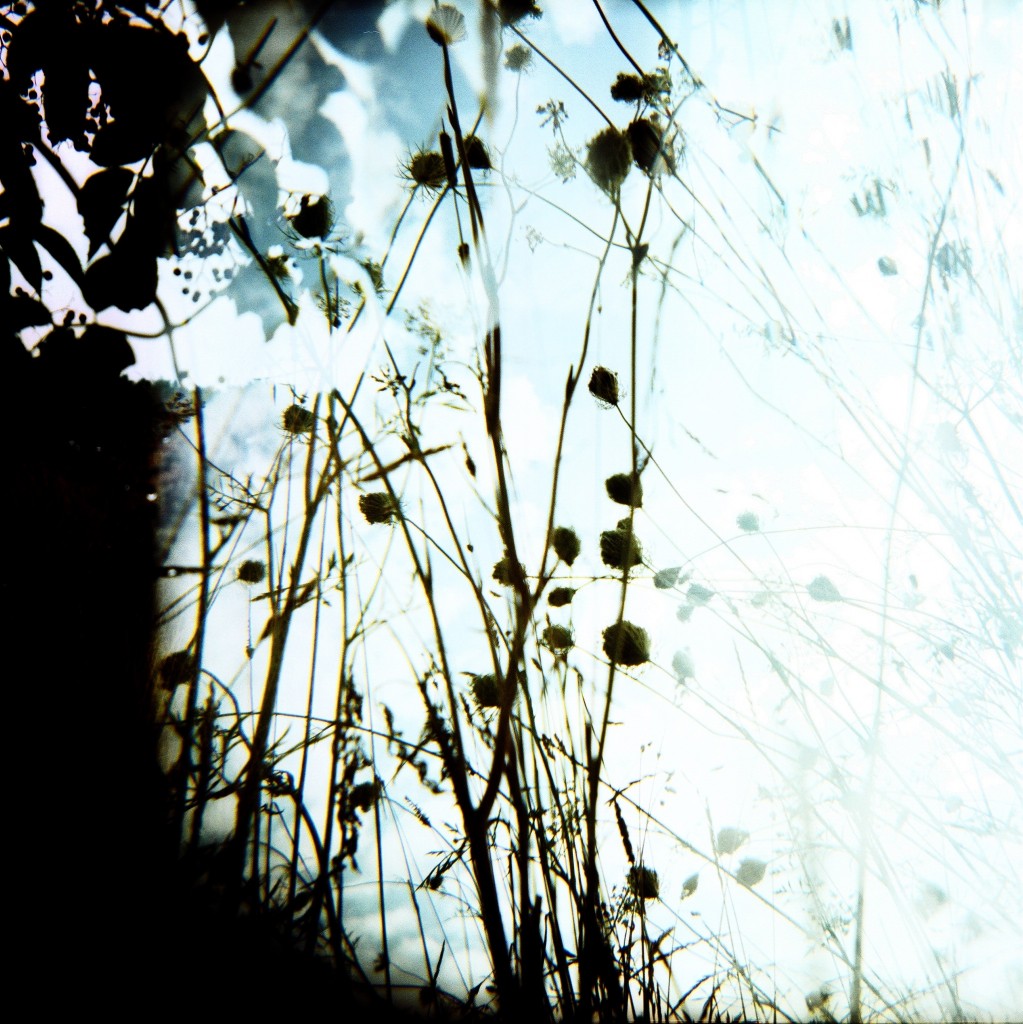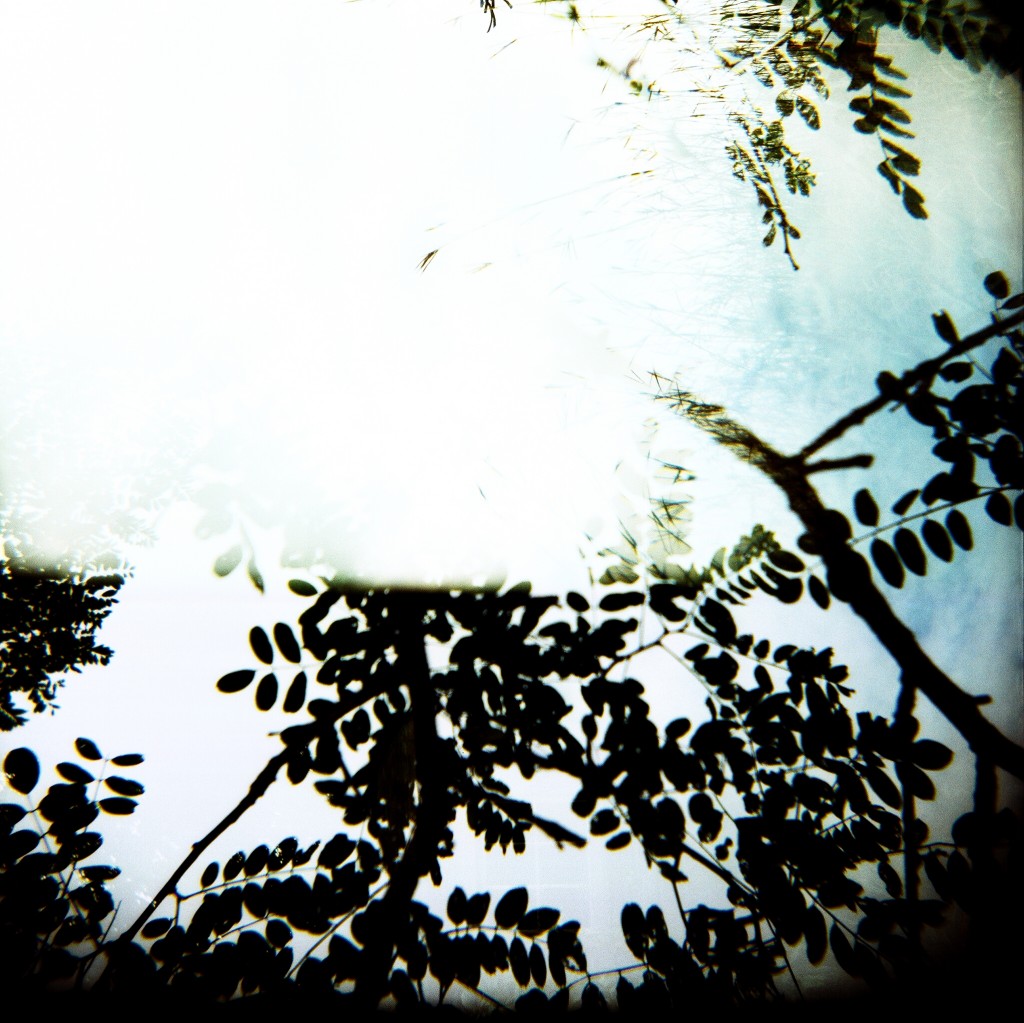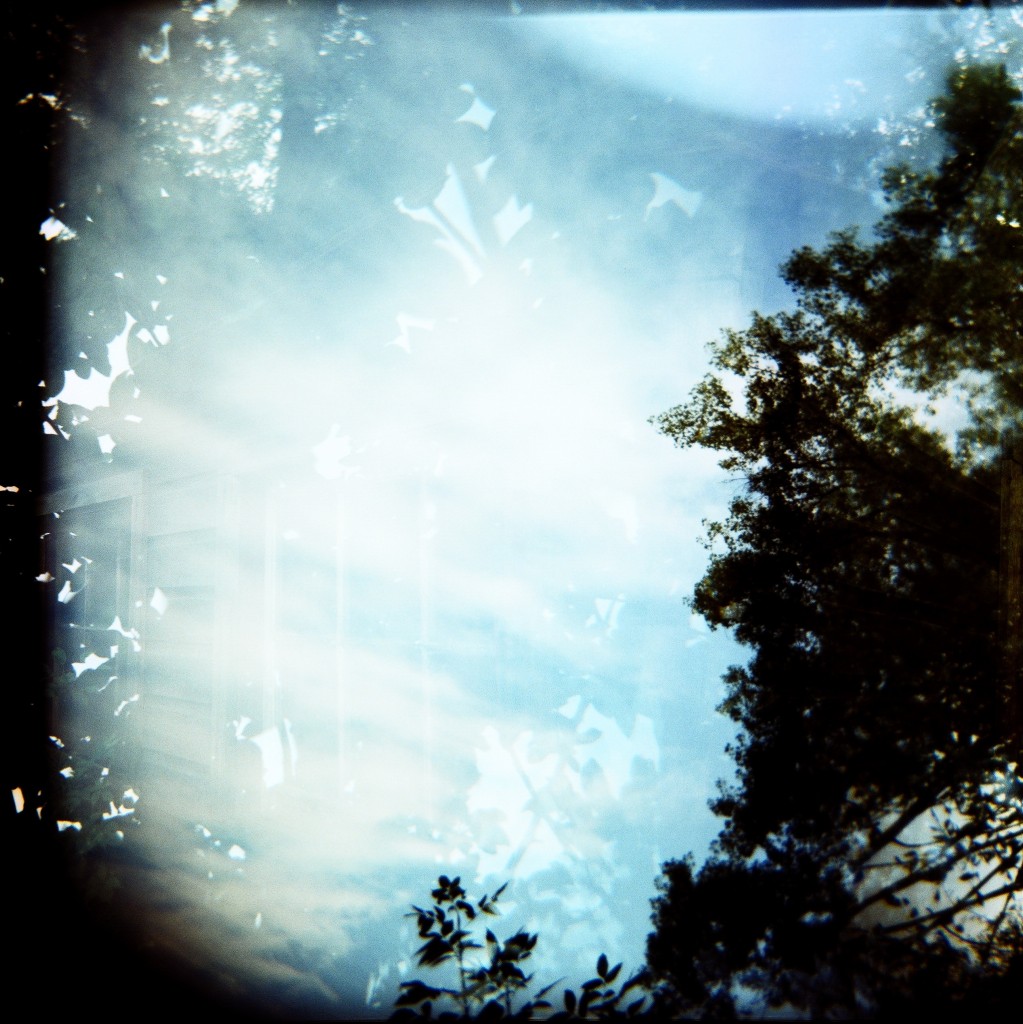March 31, 2010
[ CATALYSIS PROJECTS is co-posting this essay on their blog. I was formerly represented by the Deborah Martin Gallery, and am pleased to now be part of its marvelous evolution into Catalysis Projects. Visit them at their website and on facebook! ]
The creation of artwork is the creation of a wormhole – one that connects the individual artist’s created universe to the cosmos’ created universe…what we call our common “reality.” If the force is strong enough, and we get close enough, we plunge through the umbilicus and encounter a universe hitherto unimaginable. And as physics suggests, the trick is in the traversing.
Thanks to a fellowship from the Oberpfälzer Künstlerhaus, my transdisciplinary body of work exploring the Jewish and pre-Christian Pagan communities of Eastern Europe will be on-site and on the road this summer throughout the villages of Bavaria and Bohemia. By one perspective, it’s a nice work grant. To a more abstract sensibility, I created a wormhole linking the central square of my conjured medieval village to its corresponding point in space (a 21st century Künstlerhaus studio space outside Munich).
Clearly, I have fully fabricated the space coordinate of the wormhole – now just to work on the time coordinate. Oy!
The marvelous horror of an artistic project is its ability to colonize all parts of the self and soul and mind: consciousness, subconsciousness, unconsciousness. Not just studio time, but all time, to some degree or another, is preoccupied. The brain is a vast place, as is the heart, and its corners can accommodate all sorts of covert activity. And then one day, a work of art is born. Most of the time, it’s just a birth where the pregnancy went unnoticed. How we ridicule those women – taken to the hospital mistaking labor pains for appendicitis, only to discover she’s nine months pregnant?!? We are incredulous, and we think it pathetic and absurd, but it is an unrecognized universal human experience.
The fugue state of creation can obscure an enormous degree of construction. It’s humbling, really, how far something has to burrow into our brains so that the brilliant part of ourselves can build it without the clumsy, scared, controlling workaday brain coming in to smash it all to bits. Those pieces that emerge intact – they come out all in one piece, perfect, shining, as astonishingly improbable as a virgin birth. They grew in secret crannies, hiding away from our clumsy conscious brains that would question and pester and disfigure and doubt and mangle them.
Over time, this gestational construction becomes colonization, and the artist (I) finds inside herself (myself) a highly complex intimate internal civilization: a mysterious terrain inside the self – a land where thoughts and ideas have taken on the shape and tangibility of villages and roads and rivers and forests and ruins. Events take place with unlikely adversaries and even more unlikely allies, not to mention spies disguised as ballerinas. Tragedies and titillations unfold. Stigmata and pastrami at play in a small Sardinian cafe. Weddings and assignations and similar enigmas.
And so, a universe is created. And it beckons with a clever manipulation of gravity: it’s not as though we choose to be held to the surface of the earth. Gravity calls, and we obey.
Then we are suddenly in the wormhole, learning to traverse the tunnel between our mundane daily world of errands and television and blisters and broken pipes and genocidal maniacs, and our conjured world – whatever it may be. Rothko, for example, commuted to a lithe, maligned internal galaxy of alizarin crimson, with stratus bands of rose madder and cadmium yellow and the plum of his mother’s brandy.
In a body of written work, this conjured world solidifies and wrestles with the other world for autonomy, dominance, control – perhaps a lexicon of characters and language who begin to make demands, who go wrong, who make discoveries, who suddenly realize they’re gay, or a decrepit Peugeot instead of a cat, or an ancient Mesopotamia temple instead of a hot dog concern in New Jersey. Sometimes they get embarrassed, or chagrined, or belligerent when discovered, or threatened. Places get riddled with events, and are changed for it.
These wormholes are not rare, and are powerful because they are amenable to travel. Through inviting travelers, an artist can connect worlds and change the shared perception of reality. Can change history, change place, change time: try to go to Buenos Aires after reading Borges. He has re-rendered it for all who follow his steps. (This summer, I will follow Paul Celan…)
In a body of visual work, perhaps there is a longing to make the rendered world real, or to make the “real” world rendered more accurately. I feel like my pieces made with cameras are certainly an attempt to reveal what the world looks to my eyes, and other senses – to pin down my perceptions of place. When a camera-piece is successful to me, it’s because it aligns itself with what I experienced in that place where the image was made. Or, rather, it understands what I was experiencing when I made the image.
Either way, my rendered world becomes more real, more true, more accurate – to its creator, at least – than the images of the actual world that folks tend to agree upon.
For quite some time, THE ORPHAN’S MOURNER has been a forceful wormhole of vast personal complexity, but now one end of the wormhole has plunked me down in time and space: Germany, Summer 2010. And now, my conjured world must meet the cosmos’ conjured world. This means two superimposed holograms of space and time: one in my head, the other in Bavaria.
At once, I’m birthed out of my fugue-ridden dreamtime state of creation, and into the shivery meticulous pedantics of pragmatic technicalities: translating certain texts into German, placing pins and strings on a big map, accumulating gear, researching bike paths and bus schedules, formulating a packing list, determining appropriate clothing, creating a budget, securing tickets.
I feel a bit as though I’ve had a recurrent dream about walking through a phalanx of unicorns (I wrote uniforms. Hm. Clearly, the internal civilization knows how to work a keyboard). And then one day, I receive a letter in the mail from some unicorns, inviting me to come explore their phalanx formations. And all this time, I hadn’t exactly believed in unicorns.
We’ll see if there are unicorns in Germany.
. .





re: ballerina spies — thought of belly dancing spies I’d read about. 2 of the most prominent ones (at least when one searches Google – the victor’s database?) spied for Germany in WWI & II. Interesting, no?
http://en.wikipedia.org/wiki/Mata_Hari
http://www.belly-dance.org/hekmet-fahmy.html